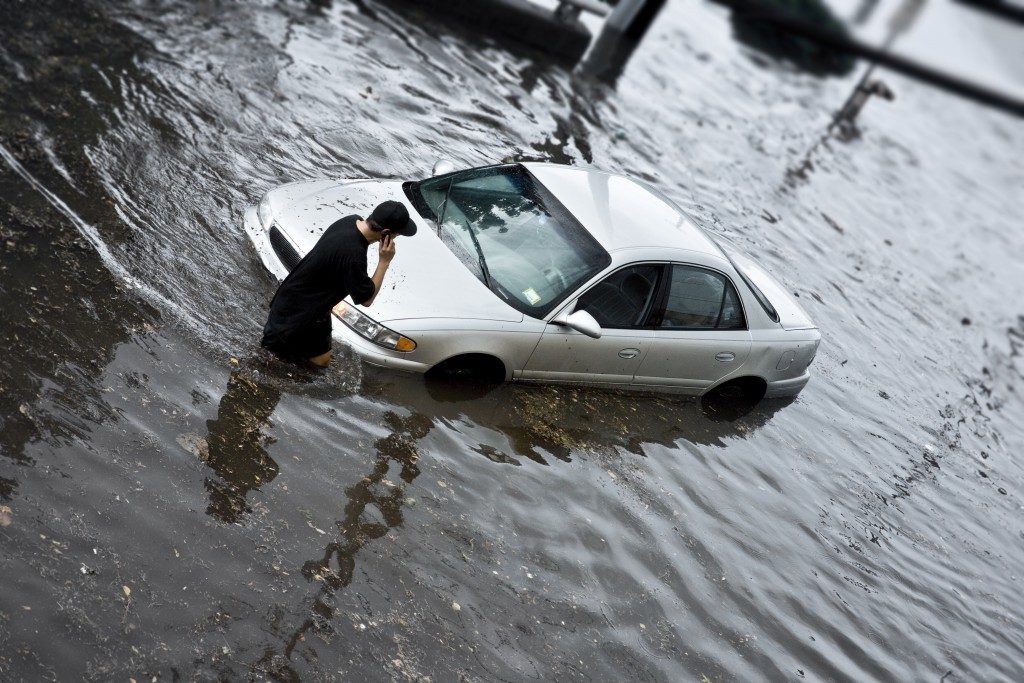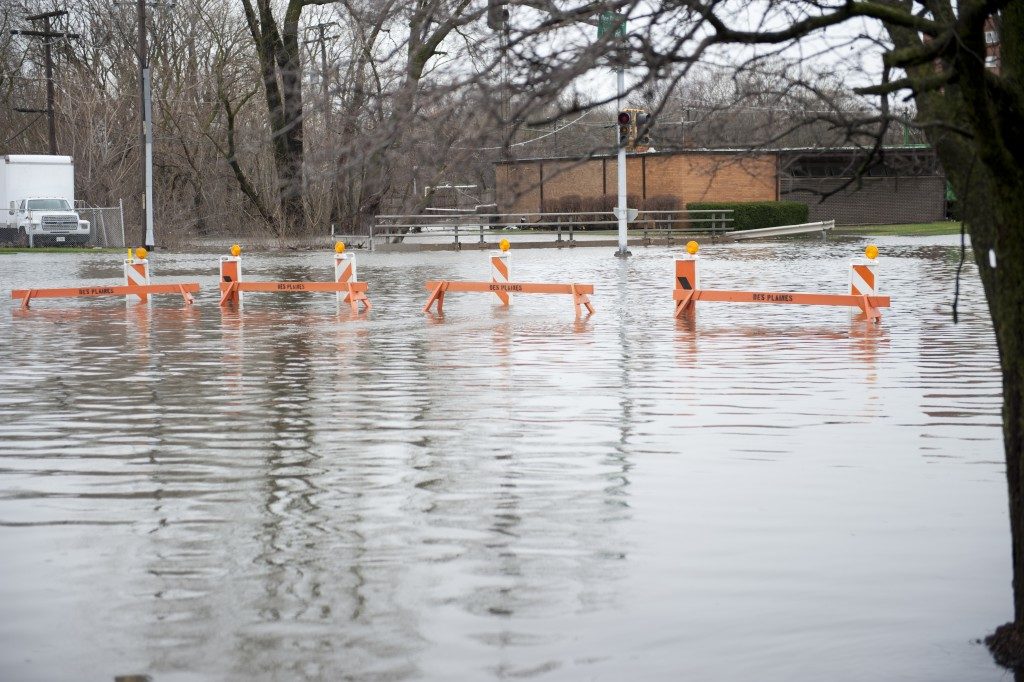Have you ever thought that a person can die from flood-related infection days after the disaster? Take for instance the case of the reported death of a woman from a “flesh-eating bacteria” in Hurricane Harvey’s floodwater in 2017.
The impact of floods on communities and people can be devastating and far-reaching. Consequences will depend on many factors including the magnitude of flooding, the vulnerability of the built environment, and the location.
Let us discuss briefly some common risks and follow that up with some remedies.
1. Water Damage
Water damage and flooding go concurrently, even after you call New Orleans flood control management services to perform water removal immediately following the disaster. Mold growth, discolored surfaces, and damaged walls and floors are the clearest indicators that a home has undergone water damage.
If this is what you have in your hands, you will probably need to talk to your landlord if you’re renting or get in touch with your insurer. Doing so will help in case the damage incurred is included in the policy.
2. Health Hazards
During a flood, victims may swallow the water and develop immediate or gradual health complications. Gastrointestinal diseases are common in flooded areas because of the bacterium parasite. Floodwater could also be contaminated with salmonella and other serious germs that cause stomach upsets. Resulting infections could turn severe in the days that follow if medical attention is unavailable.
It is also important to remember that most affected individuals will be suffering from trauma for a long time after the floods. That is why psychological help is as crucial as physical treatment.
3. Service Disruption

When flooding occurs in New Orleans, schools, transportation, hospitals, and other irreplaceable services suffer disruption, and a huge dent on the economy follows. The food sector in the state may suffer from rain damage and waterlogged soils, with an escalation of the situation because of hampered transport.
It is important to note the infrastructural impact of floods goes beyond local businesses and homes. Tourism could also suffer because rail networks and airports become unusable.
4. Gas and Power Hazards
Flooding has the potential to dismantle propane and electrical power systems. The Centers for Disease Control (CDC) advises people to turn off all electrical outlets in case you see sparks or detect a pungent odor from electronics. If you must operate power, do so from a dry and safe ground. If in any doubt, call your electricity or gas provider to assess the risks involved.
5. Driving And Walking
Both motorists and pedestrians need to be more careful after a flood because of inherent dangers. If you are driving across water that is six inches deep, know that you are endangering your life and those of your passengers. Even if it is standing water, just keep off, as you may not be able to tell its depth. Walking in flooded water is equally dangerous because of not only drowning but also hidden hazards such as tree branches and debris.
Flooding may be difficult to handle, but equally challenging is the period that follows. Being armed with information about potential hazards is the best way to prepare for recovery.


